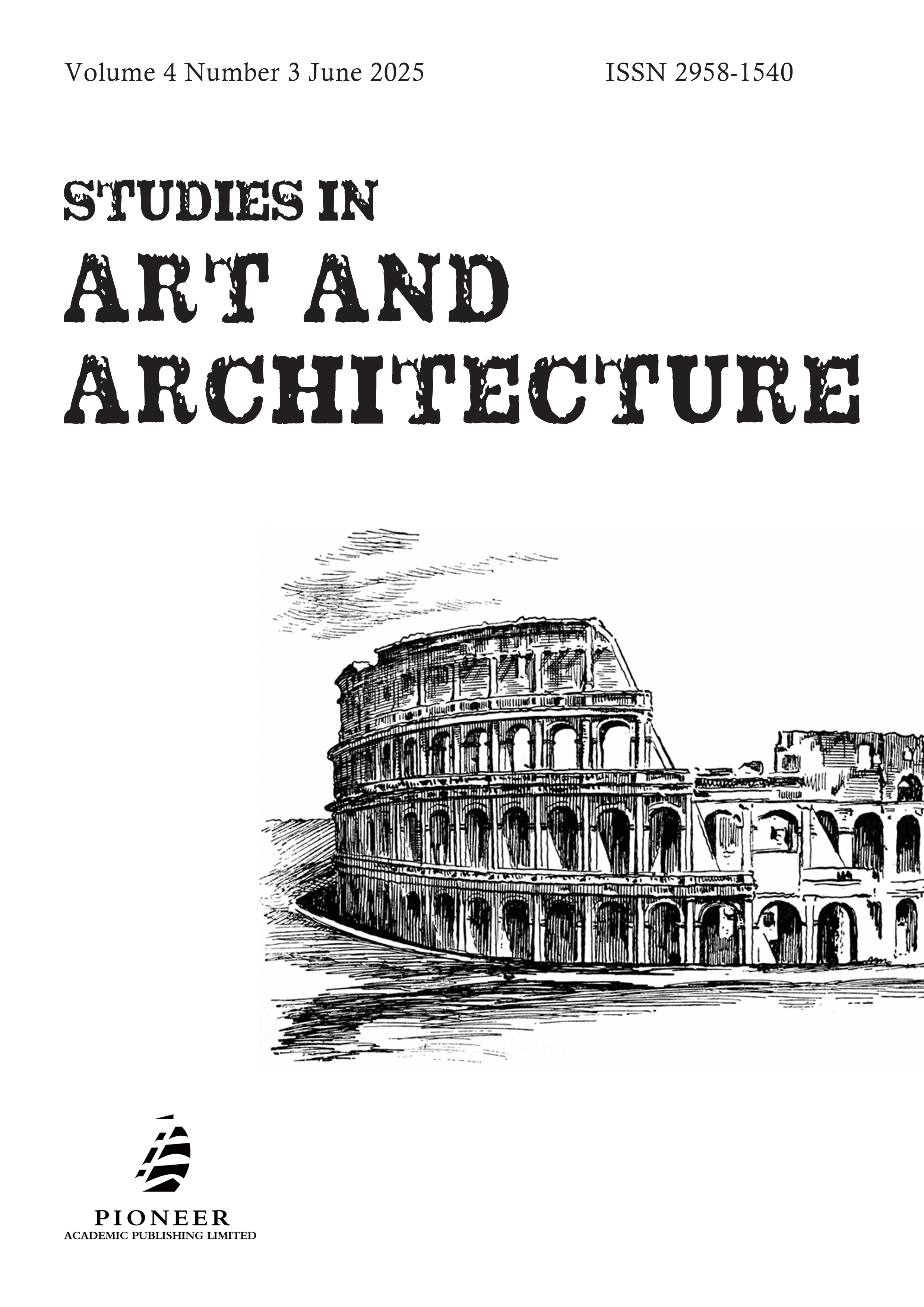Assessment of Vegetation Cover in Santiago City Using Remote Sensing
DOI:
https://doi.org/10.56397/SAA.2025.06.06Keywords:
remote sensing, vegetation cover, urbanization, urban planning, urban heat islandAbstract
This study examined the changes in vegetation cover in Santiago City, Philippines from 2003 to 2025 through the use of and remote sensing, demonstrating urbanization impacts on green space and evaluating the capabilities of remote sensing for the assessment and management of urban vegetation. This study revealed an increase in built-up areas due to conversion of agricultural land, suggestive of an urbanization trend, which may have implications for food security and ecological health. An analysis of tree cover loss (2001-2023) presented a non-linear deforestation trajectory, along with considerable increases, which corresponded with rising greenhouse gas emissions, emphasizing the environmental results of land-use change. This research illustrates the vital impact of remote sensing in monitoring of vegetation instabilities and developing platforms to assess ecological impacts of urbanization (e.g., habitat fragmentation or urban heat island effects) and as resources for sustainable urban planning strategies, in order to prioritize environmental integrity and enhance urban ecological strategies.


